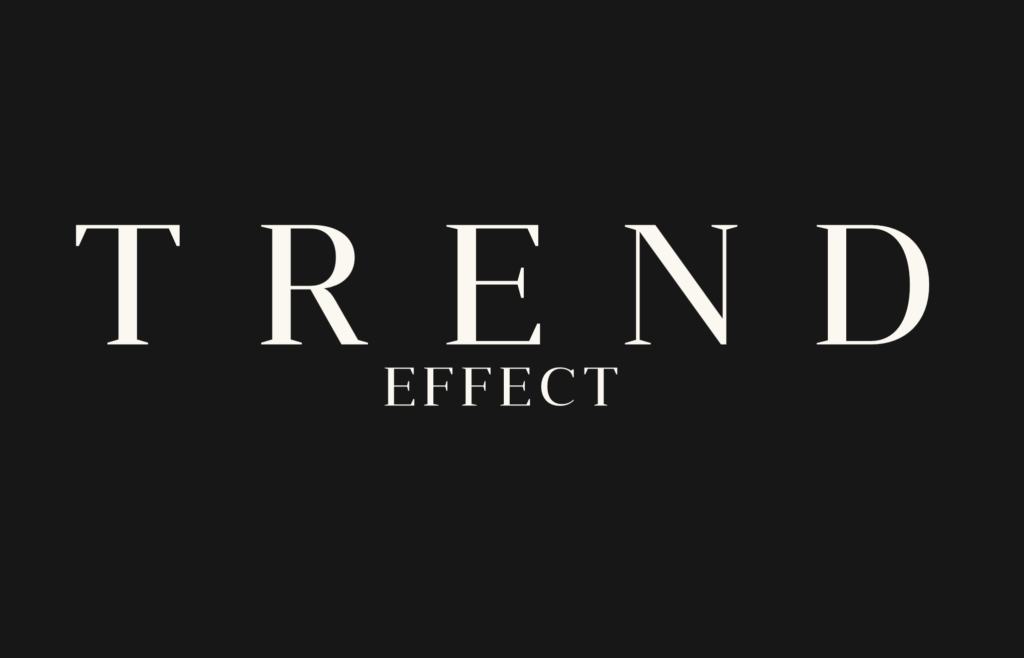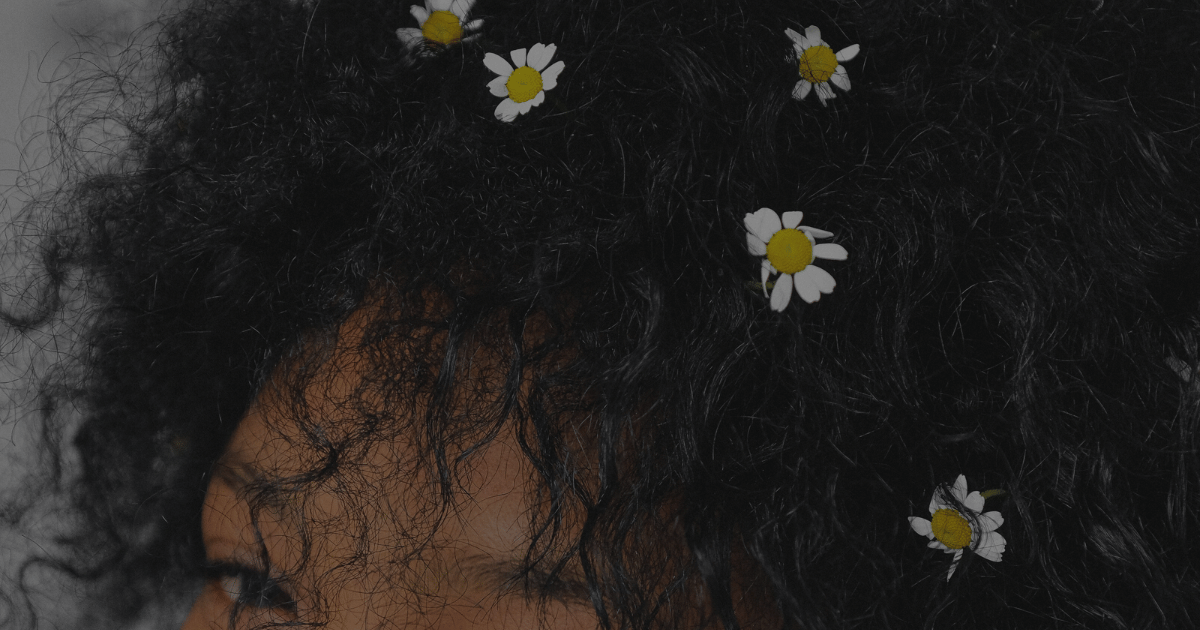A healthy and beautiful head of hair is a point of pride in today’s society. It can be a sign of many things, including wealth, socioeconomic status, and a person’s health. Losing 50 to 100 hairs a day is normal, but currently in the United States, roughly 35 million men and 21 million women suffer from excessive hair loss mainly due to genetics, age, hormone imbalance, and medical conditions. In 2020, a whopping 12.42 million Americans used hair growth products, and experts say the number of products used is rapidly increasing. Why are so many people struggling with hair loss?
Causes of Hair Loss in Women and Men
Hair loss can happen to anyone at any age, and luckily, the causes are usually easy to determine and diagnose after a thorough consultation with a medical professional. If you suffer from hair loss like hundreds of thousands of Americans do, you might find solace in knowing the most common causes are linked to genetics, age, hormonal changes, and medical conditions, but can be combated with some simple preventative measures and hair loss treatments, if necessary.
Hair loss happens naturally as you age, even if you don’t have a genetic predisposition. As our bodies get older, they stop their “normal” production of growth hormones, and our hair follicles can shrink, causing thinning hair as we approach the Golden Years. Some people first start to produce hair with no color (aka grays!) before losing their hair more steadily through the years. Basically, those tiny hair follicles have a big job over the course of your lifetime, and one day, they decide to retire, just like you.
Other factors can cause hair loss, such as hormonal changes and medical conditions. Take childbirth as the ultimate example of a hormonal change. About 45% of pregnant women get what medical professionals call “excessive hair shedding” that happens when your body decreases production of estrogen and produces more progesterone, causing hair thinning and brittleness. Medical conditions like alopecia areata cause the immune system to attack against hair follicles, causing patches of hair loss or even total hair loss. Most of the time, the hair loss occurs on the head and face, both prominent and visible places that can cause self-esteem issues for many.
Genetic or hereditary hair loss, scientifically known as androgenic alopecia, is the most common type of hair loss for men and women across the globe, according to the American Academy of Dermatology Association (aad.org). People who suffer from hereditary hair loss can start to see a widening part or receding hairline as early as their teen years. Genetic hair loss means your DNA has predetermined that your follicles are more likely to shrink up and quit producing healthy hair on your scalp, and probably at an earlier age than most.
Male and Female Pattern Baldness
As the most common type of hair loss, the hereditary version for men is called “male pattern baldness,” while the version for women is called “female pattern baldness.” Upon first glance, you might think these two mean exactly the same for both women and men, but these conditions differ from other types of hair loss and even from each other.
Male androgenetic alopecia (MAA) or “male pattern baldness” affects 30-50% of men by age 50, according to the US National Library of Medicine. Men who have this type of hair loss generally start to see a change in their hairline, with the line receding into an “M” shape on their foreheads. Eventually, hair can be lost on top of the head, leaving a horseshoe-shaped wrap of hair along the sides and back of the scalp.
Female androgenetic alopecia (FAA) or “female pattern baldness” affects 6-38% of women, according to the US National Library of Medicine. Women who have this type of hair loss generally start to see a change in their middle part or thinning at the top of their head. While there is generally no need to worry about a receding hairline or complete baldness, women do have to worry about increasing coarseness of facial hair while hair on the scalp thins.
Hair Loss Treatment Options
Not all hope is lost for some luxurious locks of your own. There are treatment options available for both men and women that help promote hair regrowth, including the use of PRF, or “platelet-rich fibrin.” Perhaps the craziest part of this treatment is that your own blood is used to help “wake up” dormant hair follicles on your scalp. Your own blood is drawn and placed in a centrifuge, allowing the blood to separate into the different categories that make up blood – white blood cells, stem cells, platelets, and plasma. This process is one of the most effective hair loss treatment options as it safely and effectively encourages hair follicles to be restored using your own PRF. It’s also non-surgical, allowing for a quicker recovery time for you.
The use of PRF as a treatment option should be contemplated seriously by both you and your medical professional before treatment begins. Depending on your needs and areas of coverage needed, your provider may suggest several treatment sessions, and if you’re not ready to commit to those, you risk hair loss happening all over again. The medical professionals at Trend Effect are highly-trained experts in this treatment option, and provide San Antonians the chance to have thick, luscious hair again, all with a simple injection process and minimal discomfort.
Hair Loss Prevention Strategies
If you’re not quite ready to commit to a PRF hair loss treatment plan, there are other ways to prevent hair loss while you plan out your journey. Be careful not to jump into taking any hair loss products that are too good to be true. You can approach your hair growth journey in a more natural, effective way, including making these changes:
- Diet changes- Vitamins and minerals can change the way your body handles your hair follicles, and the best way to consume those is with food. Foods like eggs, spinach, berries, avocados, fatty fish, sweet potatoes, nuts & seeds all have vitamins A, C, D, and E, zinc, B vitamins, iron, biotin, protein, and essential fatty acids. These little changes can assist your hair follicle growth while benefiting your body as a whole.
- Lifestyle changes– We know how hard it can be to pass up the latest sale on shampoo at the grocery store, but using the right kind of shampoo, conditioner, and hair products can be an easy way to promote hair follicle production and growth. Skip the chemical-filled stuff and opt for natural products that have vitamins and minerals that make your follicles happy.
- Stress Reduction- Don’t put off booking that massage. Studies show that being super-stressed can cause your hair follicles to go into a dormant or resting phase. When your brain is producing chemicals that tell your body it needs to slow down, that unfortunately includes your hair growth in the lineup. It’s easier said than done, but take time needed to meditate, take a nap, or talk it out with a friend to avoid losing clumps of hair.
- Hormone Balancing- Studies show that healthy levels of certain hormones like T4 (a thyroid hormone) can increase the time your hair follicles are in their healthy phase. Under the guidance of a medical professional, like our in-house nurse practitioner Danielle Diaz, NP, you can get tested for hormone levels and correct any unbalanced numbers with hormone treatments in-office.
The Next Steps to Hair Growth
We all strive to be confident about our bodies and the changes that happen as we age. Hair loss does not have to be a compromise in this journey of self-love. Today’s medical advances allow for fairly easy and minimal-pain treatment options, and you deserve to take action against hair loss. Book an appointment with our specialists today and find out how simple and affordable the journey to a full head of hair can be.



